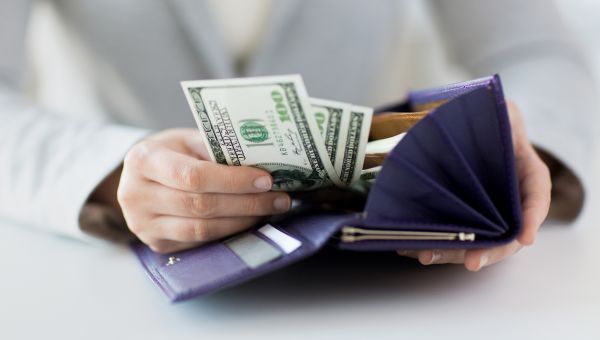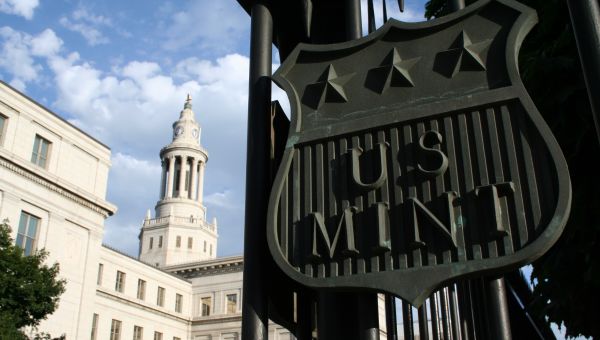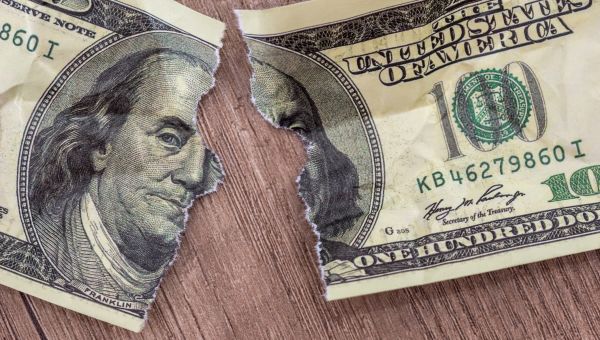6 weird facts about money
You may be surprised by what’s really in your wallet.

Take a break from thinking (read: stressing) about your finances and check out these six surprising facts about U.S. currency.
First, money is covered in germs. Many studies have revealed that money—especially bills printed on largely cotton materials—can host a wide range of bacteria and viruses. In fact, a report from Southern Medical Journal found that a whopping 94 percent of dollar bills tested hosted pathogens, including Salmonella, staphylococcus and E. coli. What’s grosser? Another study found that the flu virus has the ability to survive on paper for money for up to 17 days.
Most of the pathogens found on money are harmless, but it’s wise to wash your hands after handling cash—and do not put your money where your mouth is.

Producing coins cost more than they’re worth
Due to rising metal prices, the US Mint spends more money producing and distributing pennies and nickels than the coins are actually worth; it costs the Mint 1.7 cents to produce a penny and 8 cents to produce a nickel. Unfortunately, just changing the coins’ compositions isn’t the answer. It’s estimated that changing the currency could cost coin-based businesses, like laundromats and vending machines, $2.4 to $10 billion in updates to their equipment. It’s also thought that coins produced with other metals, such as steel, would be easier to counterfeit.

Money isn’t made to last
The overwhelming majority of money printed today—about 95 percent—is printed largely to replace old, worn-out bills or currency spent in foreign countries. While all bills are printed on the same paper, small bills, which are exchanged more frequently, have a much shorter life span than larger bills. A $1 bill will last for six years; a $50 bill has the shortest lifespan at three and a half years; and a $100 bill can survive circulation for 15 years.

Coins are pickled during minting
Pickling is a common technique in the kitchen, but the US Mint uses it during the production of quarters, dimes and nickels, too. But rather than pickling coins in vinegar, blank coins are soaked in a chemical solution that cleans and polishes their surfaces. This process ensures the coins’ images, lettering and other details remain clear, sharp and easy to read during the pressing process.

Five-cent coins weren’t always nickels
The nickel’s weight and composition has remained the same since 1866 with one exception: Five-cent coins produced between 1942 and 1945 weren’t considered nickels because, well, they didn’t contain any nickel. During those years, the US reserved all of the nickel used in coin production for wartime purposes. Because nickel supplies were so limited, the US Mint developed a special wartime alloy that contained 56 percent copper, 35 percent silver and 9 percent manganese.

The first ATM in the US debuted in 1969
The United States’ first ATM doled out dollars in September 1969, in Rockville Centre, New York. It allowed customers to take charge of their banking and access cash 24/7, but it had its drawbacks; because the first ATMs were offline, there was no way to check an account’s balance and ensure it could cover the withdrawal. By the 1990s, however, they were online, connected to customer accounts and functioning as they do today. Banks also struggled early on—mostly to find manufacturers that could produce magnetic cards and easy-to-read receipts. They ultimately profited by reducing costs and customer wait time, and of course, by implementing those excessive customer fees.
Here's another surprising fact: Money stress can increase your risk of heart disease and stroke.
More On


video

article

slideshow


video


video
